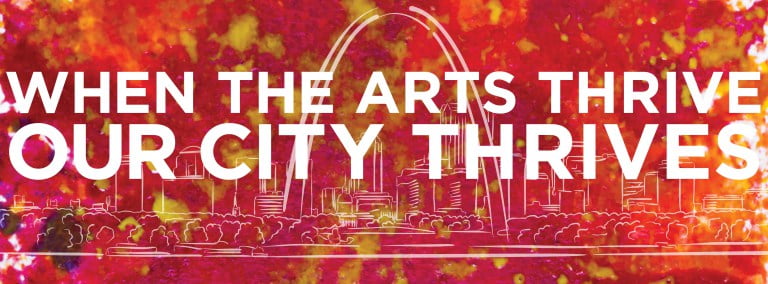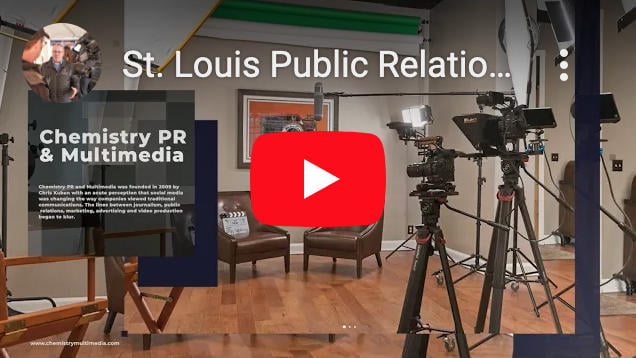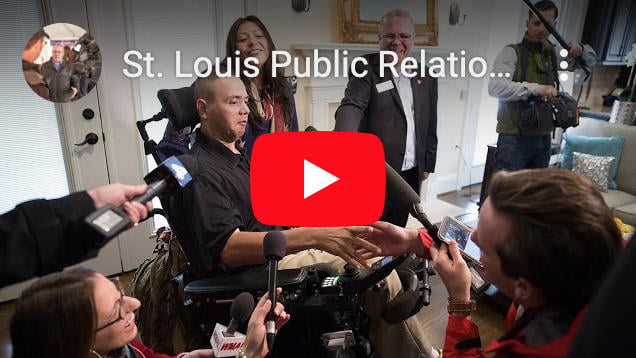When Art Thrives Our City
St. Louis has been celebrated nationally lately, thanks in part to the exceptional art and culture community here. Recently, St. Louis ranked 13 out of 900 of the nation’s largest cities in arts vibrancy by the National Center for Arts Research and in April, Conde Nast named St. Louis as one of its “6 Cities to Watch in 2017,” citing the arts scene as one of the local points of pride. Homes.com, a national real estate search engine, named St. Louis one of the most creative cities in the U.S.
From exhibits and attractions to live performances, cinema and much more, St. Louis has something for every age, interest, schedule and budget in just about every neighborhood. This summer Shakespeare Festival St. Louis and St. Louis African Arts Festival return to Forest Park with free performances; STAGES St. Louis performs in Webster Groves and at Westport Plaza; Innsbrook Institute Summer Music Festival entertains out in Warren County; the Looking Glass Theatre has offerings in Lebanon, IL; and Craft Alliance Center of Art + Design programs happen in both the Delmar Loop and the Grand Center Arts District.
“St. Louis has one of the most accessible, vibrant arts scenes for a city of its size,” said Cynthia A. Prost, president and CEO of the Arts and Education Council (A&E). “A thriving arts scene doesn’t happen overnight, nor is it something that happens without community support.”
St. Louis has a long history of supporting the arts both privately and publicly. The Arts and Education Council, founded in 1963, serves as the bi-state region’s united arts fund, raising private support from individuals, foundations and corporations. The Missouri Arts Council is one of the oldest state arts agencies in the country and the Regional Arts Commission and Zoo Museum District (ZMD) both use a portion of tax dollars to support arts and cultural opportunities in the area. The ZMD, established by St. Louis voters in 1972, has become a national model for other communities and allowed some of St. Louis’s cornerstone institutions to remain free and accessible to all, further reinforcing the cultural vibrancy of the region.
“St. Louis is unique in the combination of funding streams available to arts organizations here,” said Prost. “It is because of the strength and variety of these arts funders that we are able to enjoy such a robust arts community in our region.”
According to Americans for the Arts’s most recent Arts and Economic Prosperity report, over 11 million people attend arts and culture activities in the St. Louis region– nearly three times the number of people attending professional sports – and the arts also generate more than $582 million in economic impact locally each year.
“I think St. Louisans are proud of their city and our outstanding arts organizations,” Prost said, “and rightly so.”
For more information about the Arts and Education Council, visit KeepArtHappening.org.
Written by Robyn Frankel, Senior Media Consultant with Chemistry PR & Multimedia
Reprinted from St Louis Civic Pride Foundation








